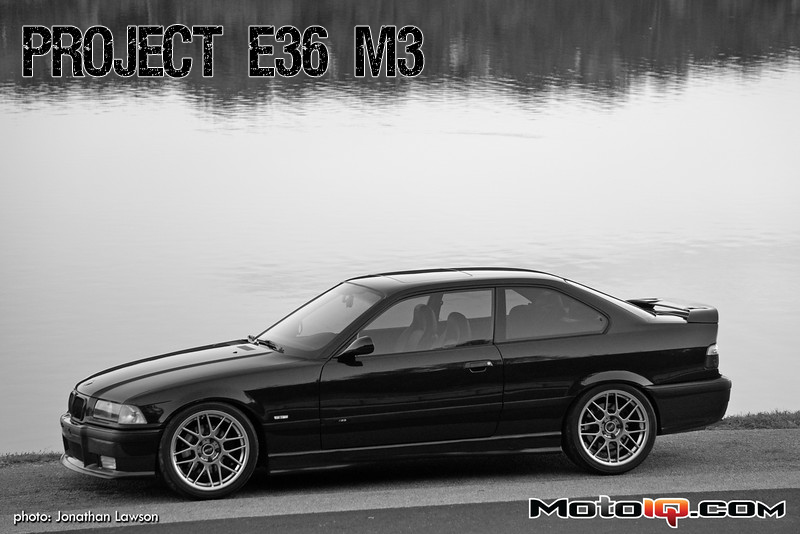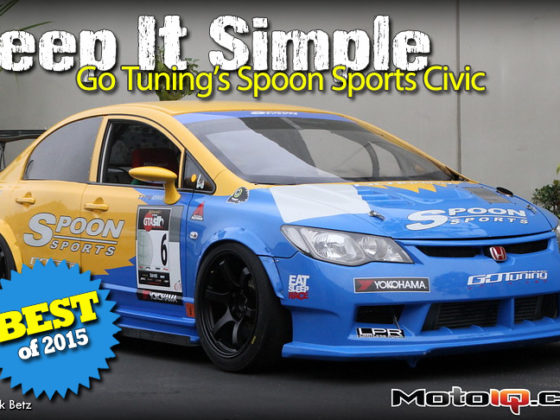,

The bars come with necessary hardware, including new heavy duty mounts with grease fittings, mounting brackets, polyurethane bushings and grease…

Despite the fact that the Hotchkis mounts come with grease fittings for easy lubing, I’ve had one too many sway bars start making noise in the past due to the grease being squeezed out over time. I learned my lesson quickly, so I now make it a habit to wrap the bars with teflon tape wherever they’re mated up to bushings. So far it seems to have extended the noise-free life indefinitely.

In order to make installation just a little bit easier, it’s a good idea to line up your new bar with the old so that you can get the bushings on in the same location. You can move them around a bit once they’re on if needed.

Mounted up and ready to (not) roll. Here you can see the easy-access grease fitting for that day in the future when the bushings may start to bind and squeak, and you really don’t want to deal with taking the mounts off—problem solved.

New versus old for the rear. It’s a noticeable difference at 20 mm versus 25.4, but not as dramatic as the difference on the fronts. Frankly, I had debated just keeping the stock bar, but with the spring rates we chose, we figured a little extra roll stiffness from the bar would be a good thing, and it turned out to be a good decision. The adjustments on the rear bar allow for 115% and 140% increase in stiffness over stock. The softer setting choice seems just about right.



